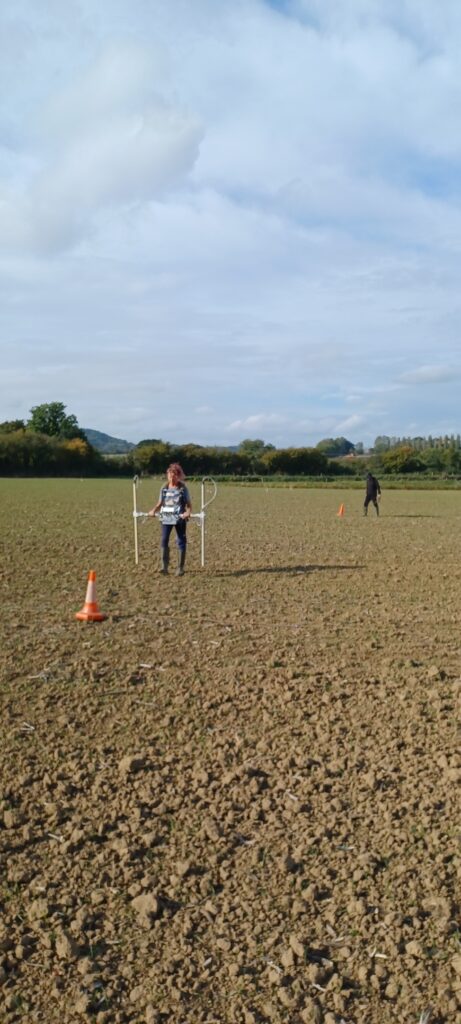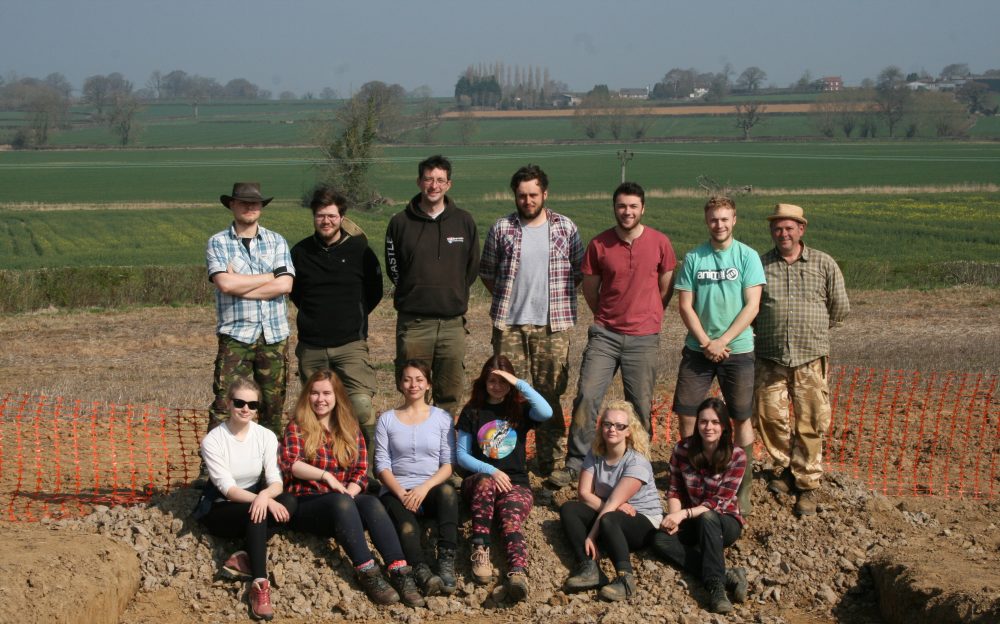It has been a while since we have posted an update on this blog. Work on the post-excavation assessment continues but is delayed by the serious illness of one of the project team.
There were plans to undertake some geophysical survey this year around the villa. Alas, the great Covid19 pandemic has stopped that work. It looks like we’ll be spending a year chained to our desks at least.
There were several major pandemics during the Roman period. The first was the so-called Antonine Plague of the late second century (AD165-180). This does seem to have reached Britain as there are inscriptions relating to it from Hadrian’s Wall.
There was also the Plague of Justinian, which occurred during the sixth-century (AD541-542). This is after the Roman period in Britain, but the Eastern Roman Empire, with its capital at Constantinople, was still very much Roman. The Plague of Justinian may have spread to Britain, where it possibly killed Maelgwn of Gwynedd – a man traditionally associated with the Maglocunus of Gildas.
If you are seeking a socially-distanced walk in these uncertain times a wander out to the site of the villa is a good option. Always tick to the footpath and obey the country code!



